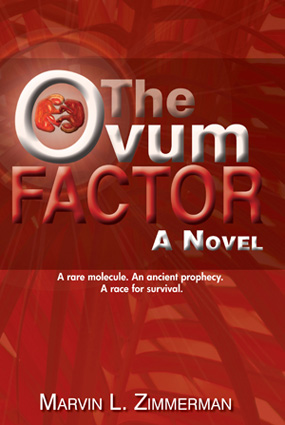Welcome to another Monday on the Eco-Libris blog. You know what that means? That's right: Another Monday...another book! And this book is especially FABulous!
You know how every once in a while you read a book that makes you laugh, cry, learn...an experience filled with so many `Oh!', and `Yes!' moments that it reminds you why you LOVE reading so much? A book written by someone you wish was your BBF (forget Paris Hilton, y'all), because they sound so funny, hip, and interesting? Pick up a copy of Green Chic: Saving in Earth in Style, by high-style author and fashion journalist, Christie Matheson, and you too can revel in such pleasure!
`Want to go green without giving up great style? Not sure how to make changes - or why they matter? Welcome to the world of GREEN CHIC.' What is `green chic'? In this sassy and clever little book, Matheson talks about everything from beauty-chic to car-chic. She covers topics ranging from where to get eco-vibrators (oh, hi mom!), compostable trash bags, green(er) wedding rings, and how to offset airplane miles and make your car less of a polluting hellion. She educates you about the impact of your choices, and couches the technical aspects of production and consumer use, offering staggering statistics. All that in language that's easy to understand and not science-heavy. And although you may be already in-the-know, she'll teach you how to use the words `carbon footprint' and `greenwashing' in a sentence, AND know what they mean. This handy-dandy book even has a `green-glossary'! There is definitely an emphasis on how to lighten our...ummm...carbon footprint ;)..but there's so much more.
 Green Chic is NOT about giving up everything you own; either to dumpster dive, or buy `greener' options. Green Chic is about taking time to figure out your style, what makes you happy, to not let the trend of the minute dictate what you buy (hence what you throw out). And it specifically tells you NOT to throw out what you have. Use what you have. If it's possible, make things `greener' until they need to be replaced. So, roll up the car windows to reduce `drag' and drive the speed limit to get higher mpg's. And when the old clunker goes, buy a hybrid. Or a used car. While you're renting (okay, so maybe forever), use less water when you flush the toilet by displacing the water in the tank with a milk bottle (cool, huh?) And when you do use your voice as a consumer, make sure to replace what you have thoughtfully and eco-consciously. Don't know What to replace your things with? Fortunately, Matheson includes a reference guide to help you out with ideas and specific companies that sell timelessly green chic items.
Green Chic is NOT about giving up everything you own; either to dumpster dive, or buy `greener' options. Green Chic is about taking time to figure out your style, what makes you happy, to not let the trend of the minute dictate what you buy (hence what you throw out). And it specifically tells you NOT to throw out what you have. Use what you have. If it's possible, make things `greener' until they need to be replaced. So, roll up the car windows to reduce `drag' and drive the speed limit to get higher mpg's. And when the old clunker goes, buy a hybrid. Or a used car. While you're renting (okay, so maybe forever), use less water when you flush the toilet by displacing the water in the tank with a milk bottle (cool, huh?) And when you do use your voice as a consumer, make sure to replace what you have thoughtfully and eco-consciously. Don't know What to replace your things with? Fortunately, Matheson includes a reference guide to help you out with ideas and specific companies that sell timelessly green chic items.
The best aspect of this book is that Matheson's personality shines through. She doesn't guilt-trip herself or anyone else about not doing `all the right things'. She's light and chatty, and doesn't scold you anymore than she scolds herself for buying regular deodorant and Jimmy Choo shoes (albeit very, VERY occasionally...and on sale....used). She breaks down how we can be green chic into manageable steps:
if you turn off one 75 watt incandescent bulb, for 3 hours each day, you'll keep 125 pounds of Co2 out of the environment. That's one lamp!*
Turning the heat in your home down one degree saves 240 pounds of CO2 per year. 240 pounds. That's no small chunk of pound-age!
She also encourages us to make profound positive and pro-active changes in our lives, to shift our mindset so that we incorporate conscious living broadly into every part of our lives. And she does so with such approachability, and positivity, that we WANT to become green chic!
This book, Eco-Libris friends, is going on my kitchen shelf so that I can refer to it over and over again. How timelessly chic is that!
Title: Green Chic: Saving in Earth in Style
Author: Christie Matheson
Publisher: http://www.sourcebooks.com/
Publication Date: March 1st, 2008
Pages: 240
Yours,
Harriet Watson @ Eco-Libris













